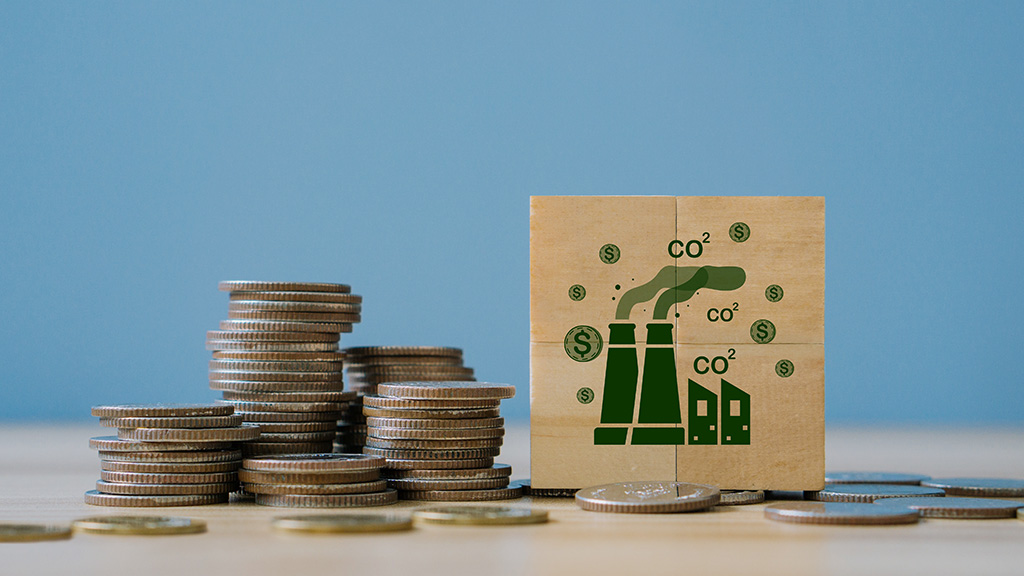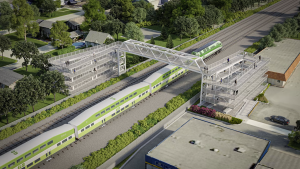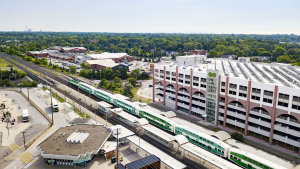EDMONTON — Heidelberg Materials North America recently announced significant environmental advancements at its Edmonton cement plant, marking substantial progress towards more sustainable manufacturing and waste management.
The cement plant has made a major investment in equipment and infrastructure, enabling the replacement of up to 50 per cent of fossil fuels used in cement production with low carbon alternative fuels (ALCF), explains a release. These are sourced from municipal, construction and demolition waste materials, which would otherwise end up in landfills.
Their use brings several benefits, the company states, including:
- Significantly reduced greenhouse gas emissions from combustion, as biomass in ALCF replaces carbon from fossil fuels.
- Lowered GHG emissions from avoided landfill gas emissions.
- Enhanced land use by extending the lifespan of existing landfills.
- Elimination of persistent environmental wastes, such as plastics, from the ecosystem.
The advancements were aided by support from the Province of Alberta through the Industrial Energy Efficiency and Carbon Capture Utilization and Storage Program and with a $2.4 million investment from the Government of Alberta’s Technology Innovation and Emissions Reduction fund through Emissions Reduction Alberta.
Local waste managers in the Edmonton region, including the City of Edmonton’s Refuse Derived Fuel plant, process only non-hazardous wastes into high-quality alternative fuels. These fuels are then used as a consistent feedstock for the Heidelberg Materials kiln system, the release highlights.
“At Heidelberg Materials, we are not just producing cement, we are crafting a sustainable future,” said Joerg Nixdorf, vice-president of cement operations for the northwest region of Heidelberg Materials North America. “The advancements at our Edmonton Cement Plant reflect our leadership in environmental responsibility and our commitment to lowering our carbon footprint through innovative and efficient utilization of low-carbon fuel sources.”
The project is expected to divert approximately 100 kilotons per year of non-hazardous waste from landfills.











Recent Comments
comments for this post are closed